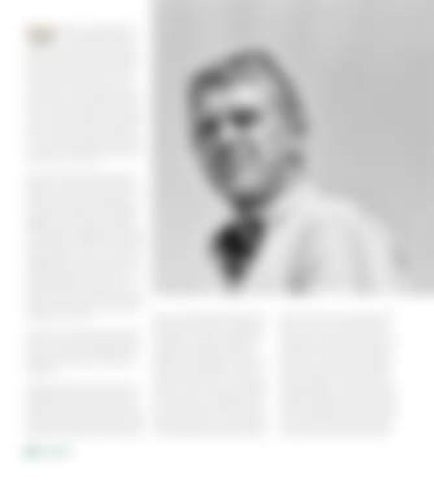W
We are in Dominique Aubert’s studio, which, probably once the base of a silo attached to his Provence home, is perfectly round. He talks quietly as he hunts for some unpublished photos of Steve McQueen, taken when he was a racing driver. Indeed, the star of The Great Escape, who is also associated in many people’s minds with the race sequences of another unforgettable film, Le Mans, had actually been a real racing driver earlier in his career, when he was known only as an actor in TV serials such as Dead or Alive. I am going back to 1959, when McQueen was 27 years old. At that time, he raced motorbikes and cars, in particular a small Porsche 356 speedster, “sponsored” (as we would now put it) by a dealer keen to promote small European sports cars in California, where models from the other side of “the pond” had always been well received. “Here they are, have a look”, says Dominique, as some truly remarkable images appear on the screen. “He went to Riverside and Del Mar for practice sessions and took along a photographer, Bob Tronolone, to record the trip. Wonderful…” Wonderful is certainly the word! It really is remarkable to be able to go through these strips of Kodak 125 ASA negatives, not to mention the first prints. They are the original ones from Bob’s archive, which, for various reasons, ended up in the hands of a relative whom Dominique subsequently tracked down. “At the time I was 114 MYTH AND MYTS
Speedbird Photo Vintage
hen you see a magnificent car, the kind that made history, you can certainly appreciate its perfection and state of preservation, and recognize that you are looking at something pretty extraordinary. What you can’t do, however, is get a sense of the period in which was built, or visualize it in a particular place. You can’t see the people who gravitated around it and truly “lived” it. This is why a period photo of the same car, giving you glimpse of its world and of the prominent personages of the time, gives you such a special, I would say unique, feeling. It opens a window onto the remarkable story not only of the vehicle depicted, but also of its time, and of a particular person or people. This is what makes an old photo, especially a black and white one, “a work of art”.
living in Los Angeles and piloting the McDonnell Douglas DC-10 between Los Angeles and Tahiti, but as a young man I had been a war photographer, in Lebanon and Afghanistan. I have always been passionate about photography, not just taking pictures but also seeking out old photographs. In Lebanon I had found and purchased some marvelous late nineteenth-century photos: an entire world captured in shots. That was when I realized the true extent to which a photograph, handed down through history, can express the spirit of a moment and an era. This fascination with old photos stayed with me. In the meantime, I switched my focus from war photography to cars, motorbikes and planes, which I am also
passionate about”. Driven by this dual passion, at the turn of the century, Dominique happened upon a way of sourcing old photos of motorsport events. The internet was on the rise and several US publications were starting to feel the pinch. Some even closed, prompting Dominique to go and see whether they had any picture archives for sale. He could scarcely believe his eyes when he discovered that some photographers – Tronolone, but also Jim Mortensen and Englishman Malcolm Carling – had followed races and taken pictures of Steve McQueen well before he became a household name. Aubert decided he had to have the pictures, all of them, so as to avoid them ending up in the ocean of the internet, where they
